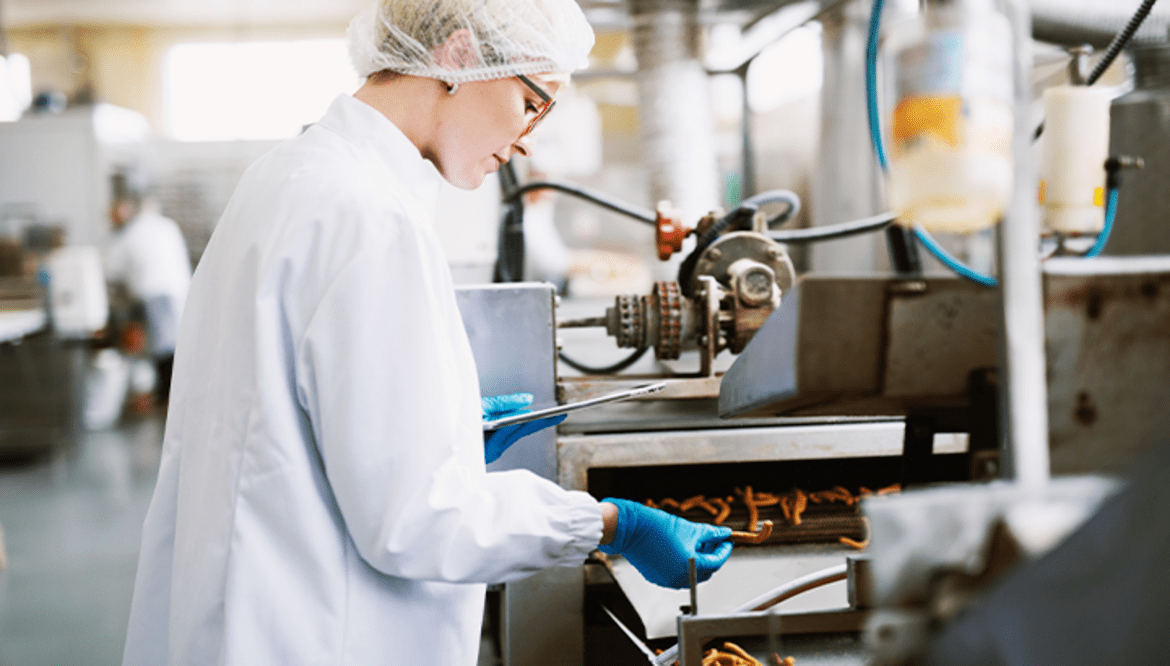
The food sector is one of the largest industries in the world, responsible for providing sustenance to billions of people every day.
It plays a significant role in the global economy and importance can be attributed to its contribution to economic growth, employment and food security. As demand for food products continues to rise, there are increasing opportunities for growth and investment in the food sector especially in developing countries. However, the sector also faces several challenges, including the need to ensure food safety & quality, manage environmental impacts to ensure the sustainable growth and development of the food sector.
Like any industry that involves manufacturing and production, it also poses certain risks to the workers and the environment. Two significant hazards in the food industry are poor hygiene and combustible dust, both of which can have severe consequences if not adequately addressed.
Maintaining proper hygiene is essential in the food industry to prevent the spread of illness and disease. Contamination of food products can occur through various means, including improper handling, inadequate cleaning of equipment and surfaces and improper storage of raw materials and finished products.
This can result in the growth of harmful bacteria, viruses, and other pathogens, which can cause foodborne illnesses. To prevent the spread of illness and maintain hygiene in the food industry, manufacturing plants must implement appropriate procedures and practices. These include regular cleaning and sanitizing of equipment and surfaces, proper storage and handling of raw materials and finished products, and employee training on good hygiene practices.
Food processing plants are also known to generate large amounts of combustible dust, which can pose significant fire and explosion risks if not handled properly. Combustible dust is defined as a combustible particulate solid that presents a fire or deflagration hazard when suspended in the air. In food processing plants, common sources of combustible dust include flour, sugar, cocoa powder, and various other food powders and particles. When a combustible dust is suspended or dispersed in the air, inside an enclosure such as a dust collector or walled processing plant area, and the dust comes in contact with an ignition source such as a spark or flame, a dust explosion is possible, and can cause catastrophic loss of life, injuries, and destruction of the facility.
Nederman provides a range of products & systems, designed to effectively capture, contain, and control dust in the food industry for hygiene and ATEX environments as per EN, ATEX & NFPA compliances.
Overall, the management of combustible dust in food processing plants is a complex and challenging task that requires a proactive and holistic approach. By implementing appropriate engineering controls, training, and monitoring procedures, plant operators can reduce the risk of fire and explosion, and ensure the safety of their employees and the surrounding community.
Contact our combustible dust experts to learn more and make sure that your food industry is safe, efficient and compliant.
We have extensive experience of various challenges in the different industries and our experts are very skilled, helpful and professional. With us, you can feel secure that we take care of you and your needs. You are always welcome to contact us regardless if you have a short question or a more complex and complicated one. A warm welcome to Nederman.
Contact us here